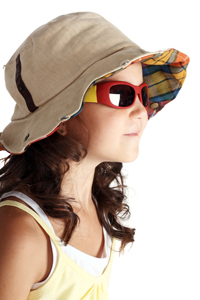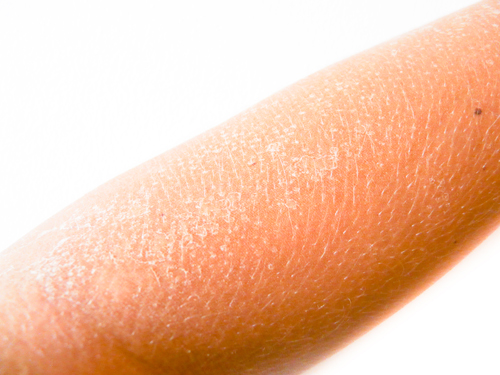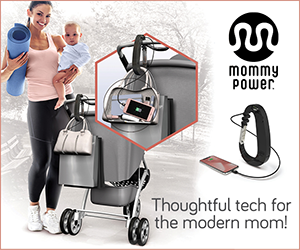Be Sun Smart

While most of us love the hot, sunny days, we have become increasingly aware of the perils associated with spending too much time outdoors.
Children are at particular risk, racking up between fifty and eighty percent of their lifetime sun exposure before the age of eighteen! Research has revealed that a bad sun burn before the age of ten can give you up to a fifty percent greater chance of contracting skin cancer as an adult.
Sun Damage is cumulative; skin can repair superficial damage like the redness and soreness of sunburn, but the underlying damage remains. Once our natural defenses against harmful UV rays are gone, you cannot get them back. Understanding UV, SPF and UPF will help you with having a safe summer…
Understanding UV Rays.
UV Rays are classified as UVA, UVB, UVC, The amount of UV rays reach your body is affected by where you are on the earth. In addition, reflections from sand, pavement, snow and water increase UV exposure.
1. UVA rays cause skin aging and wrinkling and contribute to skin cancer, such as melanoma
2. UVB rays are also dangerous, causing sunburns, cataracts (clouding of the eye lens), and immune system damage
3. UVC rays are the most dangerous, but fortunately, these rays are blocked by the ozone layer and don’t reach the earth.
UV Index
The UV index was developed in 1994 and is based on the amount of time spent in the sun that it would take for a fair-skinned person to burn. The UV index is now announced in most papers, TV weather spots and on our phone as an app.
| UV Index | Risk | Estimated Time |
| 0-2 | Low | 1 Hour |
| 3-5 | Moderate | Less than 20 minutes |
| 6-7 | High | Less than 15 |
| 8-10 | Very High | Less than 10 minutes |
Understanding SPF
SPF means Sun Protection Factor and is found on most sunscreens
SPF measures the length of time a product protects against the skins reddening from UVB, compared to how long the skin takes to redden without protection. If it takes 20 minutes without protection, using 15 SPF sunscreen theoretically prevents reddening 15 times longer – about 5 hours.
SPF 15 protects from 93.3% of UVB light, leaving 6.7% available to penetrate the skin. Application and frequency of sunscreen throughout the day can be found on most products.
Understanding UPF
UPF means UV Protection Factor and is found on apparel.
The protection given to the skin by the fabric is indicated by its UPF, the higher the UPF the better the protection. A sweat shirt has high protection but who wants to swim in that?
| UPF Rating | Amount of Protection | % UV Rays Blocked |
| 15-24 | Good | 93-95% UV |
| 25-39 | Very Good | 96-97% |
| 40-50 | Excelent | 98%++ |
Protective Clothing
Did you know a Cotton T-shirt only has 5 UPF, less when wet, that is like wearing sunscreen of 5 SPF sunscreen? A growing number of clothing companies are now creating fun and functional swim and play wear against harmful rays. Imagine having the ability to cut the amount of harmful and potentially dangerous UV light by simply changing apparel. Sun hats, sun shirts and swimwear are some of the most common.
Taking Medications
Taking certain medications – such as quinolones, tetracycline, sulfonamides, amiodarone and tricyclic antidepressants – makes the skin more susceptible to the effect of UVA radiations, so it is particularly important to use sunscreen or sun protection apparel.
EpiPens are commonly carried by persons with severe allergies and a risk of anaphylactic shock. Epinephrine is stable at room temperature, EpiPen® should not be refrigerated, and neither should the EpiPen® Auto-Injector be exposed to extreme heat, such as in the beach bag or trunk of a car during the summer. Do not expose your auto-injector to direct sunlight; light and heat can cause epinephrine to oxidize and go bad, turning brown. The EpiPen usually has a shelf life of about 12 months, or until the contents contain a precipitate or discolor.
Always ask your Doctor or Pharmacist for additional information.
Sunburn
Sunburn usually reddens the skin immediately at the end of sun exposure and it starts to fade after several hours. Then, about 6 hours later, the redness returns and reaches its peak at about 24 hours.
What do you do for sunburn?
Take a cool (not cold) bath, or gently apply cool, wet compresses to the skin to help alleviate pain and heat. Apply pure aloe vera gel (available in most pharmacies or taken directly from within the leaves of the plant) to any sunburned areas. It’s excellent for relieving sunburn pain and helping skin heal quicker.
Take a pain reliever like acetaminophen or ibuprofen and spray on over-the-counter “after-sun” pain relievers. (Do not, however, give aspirin to children or teens.)
Apply topical moisturizing cream to rehydrate the skin and help reduce swelling. For the most severely burned areas, apply a thin layer of 1% hydrocortisone cream. (Do not use petroleum-based products, because they prevent excess heat and sweat from escaping. Also, avoid first-aid products that contain benzocaine, which may cause skin irritation or allergy.)
If the sunburn is severe and blisters develop, call your doctor.
Even a single sever sunburn before the age of 20 increases the risk of developing skin cancer later in life. This does not mean that you get a free pass once you reach 20, sun damage is cumulative, and it builds with each sun exposure.
Eye Protection
Yes, sun exposure damages the eyes as well as the skin. Even 1 day in the sun can result in a burned cornea (the outermost, clear membrane layer of the eye). Cumulative exposure can lead to cataracts and eye cancer.
Sunglasses that block at least 95% UVB, 60% UVA and block 60-90% visible light are recommended. Start your kids early with the habit of wearing sunglasses whenever they are in the sun.
Skin Cancer
Skin cancers are generally categorized as both melanoma and non melanoma type. Non Melanoma skin cancers are further categorized as basal cell, carcinoma or squamous cell carcinoma.’
Non melanoma type cancers are the most common these cancers rarely occur before 40 years of age and they are more common in men than in women. About 8-% of are basal cell carcinomas which are commonly associated with intense short-term sun exposures.
Basal Cell Carcinoma is general of 20-50 years between the time of sun exposure and the occurrence. Most appear on the head, nick and upper back.
Melanoma Skin cancer accounts for only 4% of skin cancers but it causes about 70% of skin cancer deaths. Men it appears mostly on the upper back, women the back of the calf as well as the back.
A number of website with images of what you should be looking for is available on most Cancer sites. Self-examination and a review with your Doctor are best.
Quick Review
It has been estimated that 60% to 70% of the cancers could have been prevented by adopting a healthier lifestyle.
Limit sun exposure between 11am – 4pm.
Seek Shade.
Wear a Wide brim hat and sun protection clothing that covers your neck, arms and legs.
Apply sunscreen SPF15 or higher. Look for broad-spectrum product that provides protection against both UVA and UVB. Re-apply regularly
Ask your Doctor and or Pharmacist about your medications and the sun.
If you must have a tan, use self-tanning cream but check, most do not have any SPF.
Check UV index before you go out.
Remember three simple letters. POP! Put On Protection. Wear a hat, apply sunscreen, and wear protective apparel. It’s important to protect our skin all year round.
For more Sun Safety Facts go to www.Seasons-UV.com. Seasons UV has been making UV protected apparel and accessories market since 1999.





